EAST LIVERPOOL, Ohio — Heading west out of Pittsburgh on the Lincoln Highway, you’re confronted with a few options to reach this well-worn Ohio River town opposite the tip of West Virginia’s northern panhandle and just west of the Pennsylvania state line.
The original route of highway stayed on the north bank of the river via Beaver, Pa. The second-generation route, according to the Lincoln Highway Association’s official map, kept the highway on the south bank to Monaca, Pa., before crossing to Beaver and onward to East Liverpool. The road conditions in this part of Pennsylvania were notoriously bad, so the Lincoln Highway Association pressed for a new road to be built.
But the third-generation route, today’s U.S. 30, took the Lincoln Highway on a much more southern alignment via Chester, W.Va., “an unintentional byproduct of the bad roads in Pennsylvania,” according to a 2004 National Park Service assessment of the Lincoln Highway. Beyond Pittsburgh’s western suburbs and exurbs, U.S. 30 — which lacks any Lincoln Highway signage — meanders through some beautiful hilly farm country and forests.
But I barely realized I had crossed into West Virginia — the Lincoln Highway is only about five miles long in the northern panhandle — when I reached the Ohio River, crossed over into Ohio and quickly passed downtown East Liverpool on the modern expressway hugging the riverbank. Strangely, “Foot and Mouth ’68,” an eerie and uncomfortably ambient instrumental track from Gorky’s Zygotic Mynci‘s The Blue Trees album, just happened to be playing in my rental car’s CD player.
I should have taken it as a sign that venturing into the town itself was going to be very, very creepy.
East Liverpool, like many industrial towns downriver from Pittsburgh, has seen better days. It was once known for being a center of American ceramics manufacturing starting in the 1840s.
According to the Carnegie Library:
The industry grew so fast that potteries that had started with one kiln fast became bigger and bigger sometimes as large as 32 kilns, covering over ten acres of land.
East Liverpool became known in particular for its fine yellowware pottery. The city’s Museum of Ceramics has a large collection of locally made Lotus Ware, considered the finest porcelain ever created in the United States.
East Liverpool prospered as the “Pottery Capital of the World” and thrived into the mid-20th century, but economic forces inevitably changed, much of the ceramics industry went overseas and the city’s fortunes declined. There are just a handful ceramics manufacturers left in town. But on a bright note for East Liverpool, Starbucks has sourced some of its ceramic mugs locally.
As I drove around East Liverpool under overcast skies, I felt at times I was on the movie set of a horror flick. It was so desolate. The city streets are in terrible shape. Many of the buildings downtown are vacant. Of the few people I saw on the street, they seemed to be walking aimlessly or standing around waiting for something to happen. A few stared at me with incredibly vacant looks as I drove by. It wasn’t quite a zombie movie, but I felt like I shouldn’t stick around for too long.
I wanted to check out the Newell Bridge, a privately-owned narrow steel suspension bridge across the Ohio River built in 1905. But as as I approached the toll booth I was creeped out. Visions of the Silver Bridge disaster suddenly flashed before me. It was an irrational fear, but East Liverpool had spooked me.
My negative impression of this town, based on a quick 10-minute windshield tour on a late Friday afternoon, probably isn’t fair. But it’s always sad to see what was once a prosperous American manufacturing town like East Liverpool whither and decay. But perhaps East Liverpool isn’t doomed. I hope not.
The buildings are beautiful. The architectural stock, which ranges from Greek Revival to Italianate to Victorian to Classical Revival, is very impressive, a reflection, perhaps of East Liverpool’s role as a center of decorative arts. With the right kind of investment, East Liverpool could an amazing place again.
Post continues below …
- East Liverpool, Ohio (Photo by Flickr user dougtone via an Attribution-ShareAlike 2.0 Generic Creative Commons license)
- East Liverpool, Ohio (Photo by Flickr user dougtone via an Attribution-ShareAlike 2.0 Generic Creative Commons license)
- East Liverpool, Ohio (Photo by Flickr user dougtone using an Attribution-ShareAlike 2.0 Generic Creative Commons license)
- East Liverpool, Ohio (Photo by Flickr user dougtone via an Attribution-ShareAlike 2.0 Generic Creative Commons license)
- East Liverpool, Ohio (Photo by Flickr user dougtone via an Attribution-ShareAlike 2.0 Generic Creative Commons license)
- East Liverpool, Ohio (Photo by Flickr user dougtone via an Attribution-ShareAlike 2.0 Generic Creative Commons license)
East Liverpool’s physical bones remind me a little of Haverhill, Mass., an old mill town on the Merrimack River that has been largely revitalized in recent years.
As I was driving around East Liverpool, I came across an empty lot across from the First Evangelical Presbyterian Church at W. 6th and Jefferson streets. There’s a sign in the grass that says “Explore the Possibilities.” It seems like there are indeed plenty of possibilities in East Liverpool, but at this point, there’s a lot of work to be done at this spot along the Lincoln Highway.

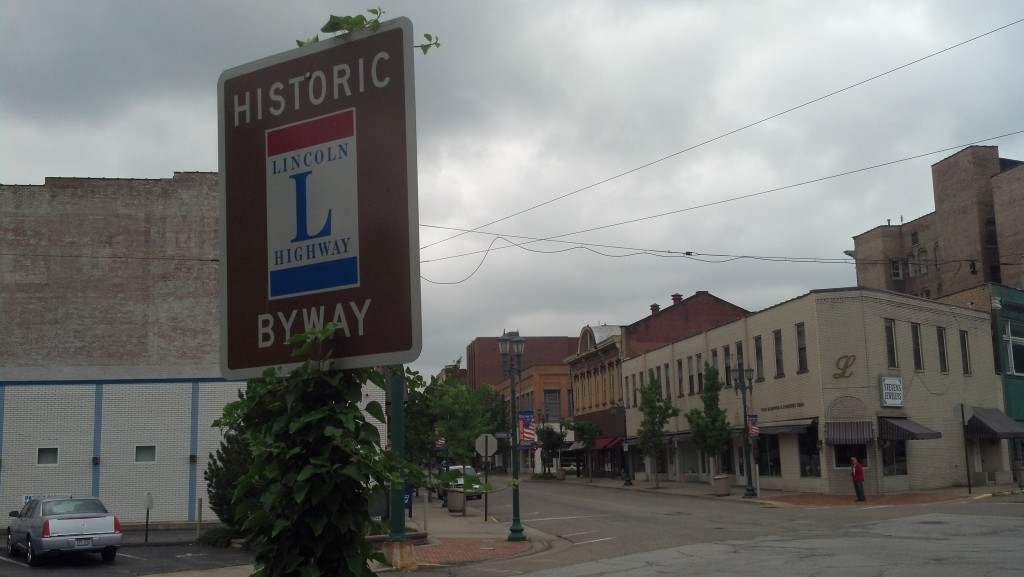
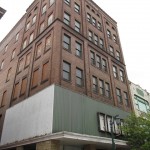
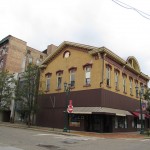
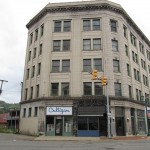
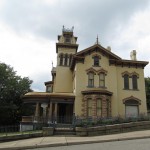
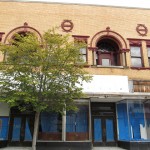

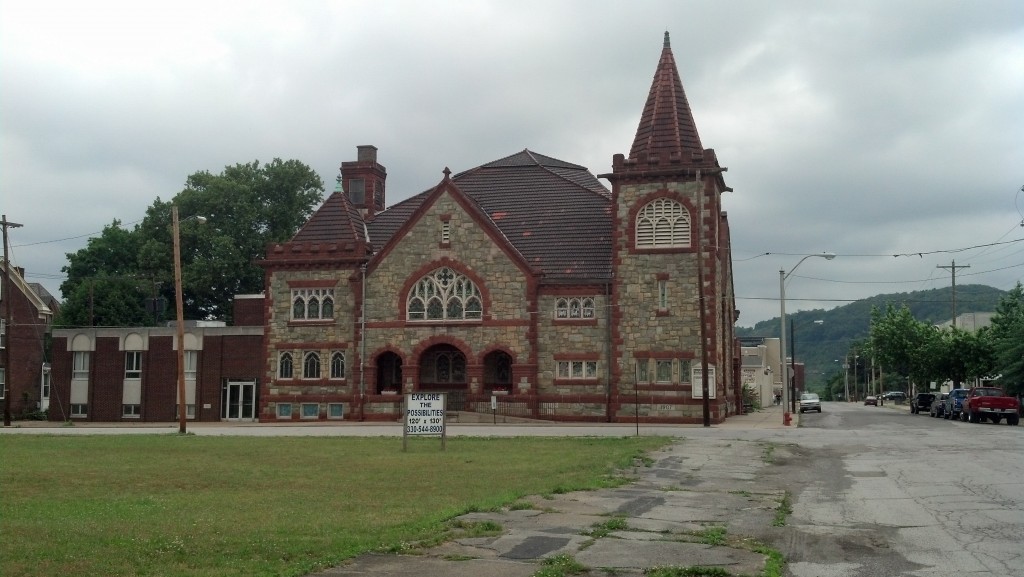
Pingback: On the Road To Lisbon, Reminders of a Confederate ‘Thunderbolt’ | The Lincoln Highway Guide